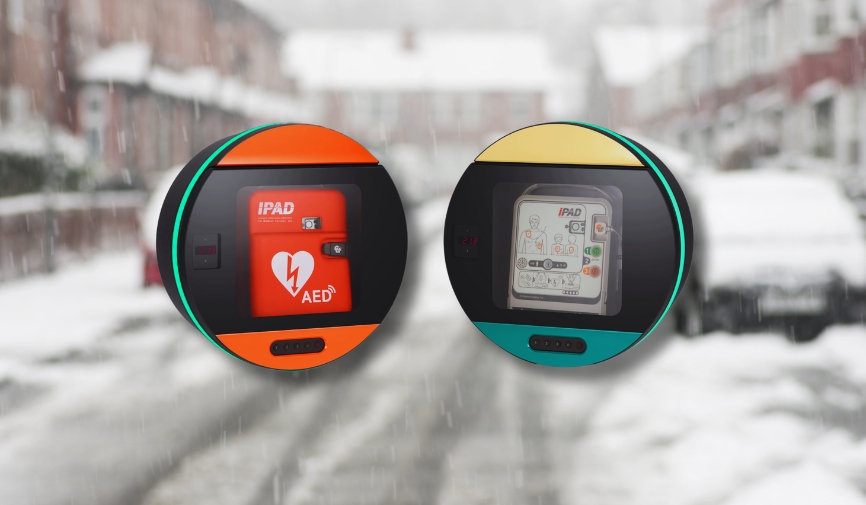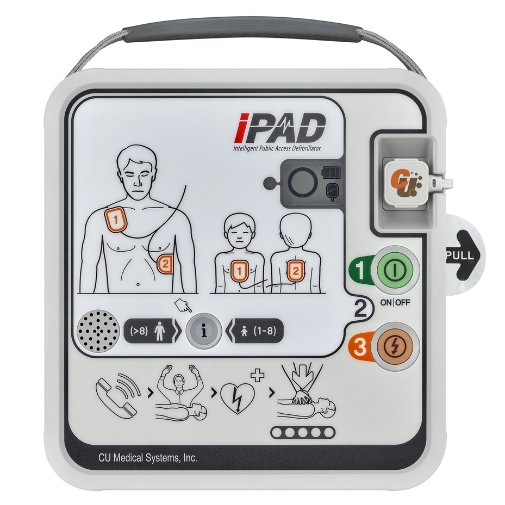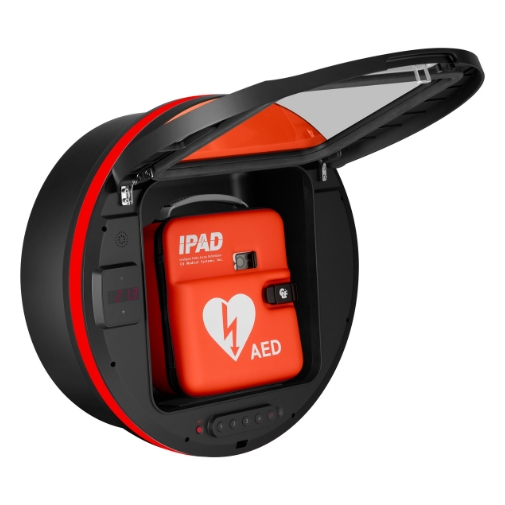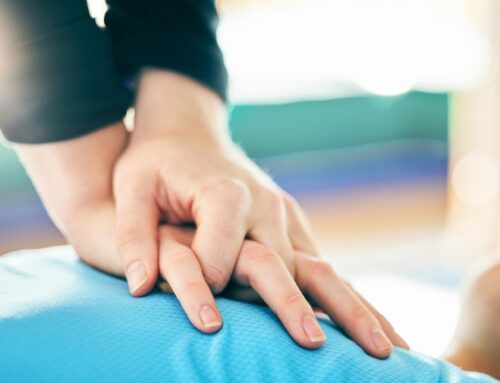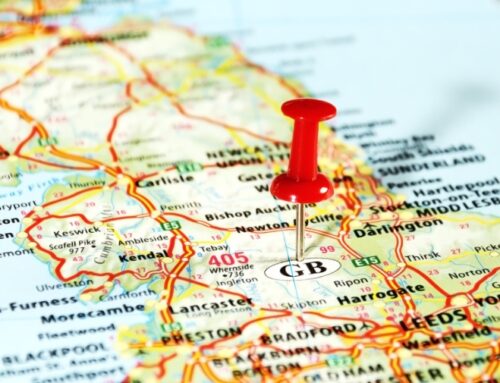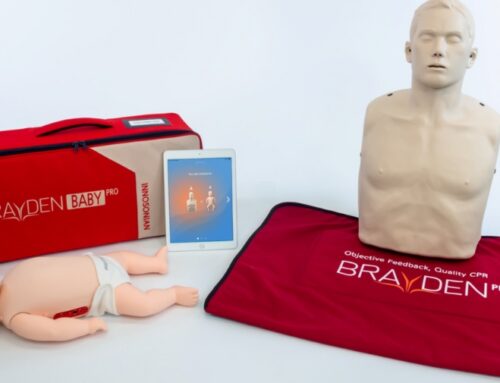In the face of an emergency, an Automated External Defibrillator (AED) can be a lifesaver. They’re essential pieces of equipment in both public and private places alike. However, like any piece of sophisticated technology, they require regular care and maintenance to function optimally.
This is especially true during the colder months when frigid weather can present unique challenges for your AED. Hence, understanding the importance of looking after your AED in cold weather is crucial.
Understanding Your AED
AEDs are designed to be user-friendly, enabling anyone, even those without medical training, to provide life-saving treatment in a critical situation. They guide the user through clear voice instructions and/or visual prompts, ensuring the correct steps are taken at the right time.
The importance of these devices can’t be overstated – every minute delay in defibrillation reduces a person’s survival rate by up to 10%. Therefore, having a properly functioning AED readily accessible can make a significant difference in emergency situations.
The Impact of Cold Weather
To ensure your AED is ready to perform when needed, you need to understand how to look after your AED in cold weather. Cold temperatures can have a negative effect on various components of the defibrillator, impacting its overall functionality and performance.
Battery Life
The battery life of an AED can be significantly reduced at low temperatures. Just like your car battery struggles in winter, the batteries in an AED can also drain faster in cold weather. This could potentially leave the AED without enough power to deliver a life-saving shock when it’s needed most.
Electrode Pads
The cold can also impact the adhesive on electrode pads. These pads need to stick effectively to a patient’s skin to deliver the electric shock. If the adhesive becomes less effective due to the cold, it could compromise the effectiveness of the defibrillation.
LCD Displays
The screens and displays on some AEDs can become sluggish or even unreadable in cold conditions. This could hinder the user’s ability to follow the device’s instructions during a high-pressure emergency situation.
Above: An iPAD SPR AED
Tips to Look After Your AED in Cold Weather
Regular Checks and Maintenance
Ensuring your AED is ready for use at all times is of utmost importance, and this involves regular checks and maintenance. Looking after your AED in cold weather means monitoring several vital elements, so here’s a step-by-step guide on what to look for during these checks.
- Check The Battery Life: The battery is one of the most critical components of an AED. As we mentioned above, the battery’s life can be significantly reduced in cold weather, so regular checks are crucial. Most AEDs have a visual indicator or warning system to alert you when the battery is low. If the indicator shows that the battery is low, replace it immediately.
- Inspect the Electrode Pads: In order to ensure that the electrode pads can adhere properly to a patient’s skin, it’s crucial to inspect them regularly. Check the expiry date on the pads and replace them if they’re expired. It’s also worth taking the time to examine the packaging for damage, as this could be an indicator that the adhesive has been compromised.
- Test the Device: Most AEDs perform self-tests to ensure they are functioning correctly. However, it’s still advisable to manually test the device regularly. Refer to your AED’s user manual or contact your AED provider for more specific instructions on how to perform this test.
- Keep the AED Clean: Dust and debris can affect the performance of your AED. Regularly clean the device with a soft, damp cloth, avoiding harsh cleaning agents that could damage the device.
Quality Cabinets for Protection
One of the most effective tips to look after your AED in cold weather is to house it in a high-quality cabinet. These cabinets provide robust protection for your AED, shielding it from the harsh effects of freezing temperatures and ensuring it remains functional and ready for use.
Above: The DefibSafe 3
Robust Materials:
A good-quality cabinet should be constructed from highly durable materials (our own DefibSafe range is built from the same components as riot shields!). This level of durability ensures maximum protection against extreme weather conditions, making it an essential feature when selecting an AED for cold climates.
Insulation:
This is another critical factor to consider. A cabinet with thermostatic control and a heating mechanism, like a heat plate with a thermal cut-out mechanism, is crucial. A system like this maintains the internal temperature above five degrees centigrade, safeguarding your AED from the cold.
Water Resistance:
Across the UK and Ireland, cold weather often also means wet weather. Therefore, your cabinet should be designed to prevent water ingress, which could damage the AED. Opt for cabinets with a high IP rating, such as the IP66 certification. This rating ensures that the cabinet is protected from water falling or spraying onto it, making it suitable for outdoor storage during the cold, wet winter months.
Reliable Warranty:
For many communities and groups, getting an AED in place can be the result of extensive fundraising and communal effort. While low-level maintenance can be carried out by users, in the rare occasion of a larger systemic fault, expert repair or replacement may be necessary.
That’s why we suggest ensuring that you protect your investment, both in the AED and the protective cabinet, each of which comes with a comprehensive warranty. You can find out more about these on the respective pages.
Your AED Protection Starts Here
With our rich heritage in the AED sector, we’re here to support all of your AED needs. Our commitment to saving lives through quality and reliability is reflected in our wide range of AEDs and protective cabinets, designed with the utmost care and precision.
The latest addition to our family of DefibSafe cabinets is the space-age DefibSafe 3, which benefits from a host of new features that prioritise robustness, ease of use, and effective defibrillation.
Don’t let cold weather compromise the readiness of your AED. Explore our product range today and discover how we can help you look after your AED in cold weather. If you need more information or assistance, our dedicated team is a call or click away.

